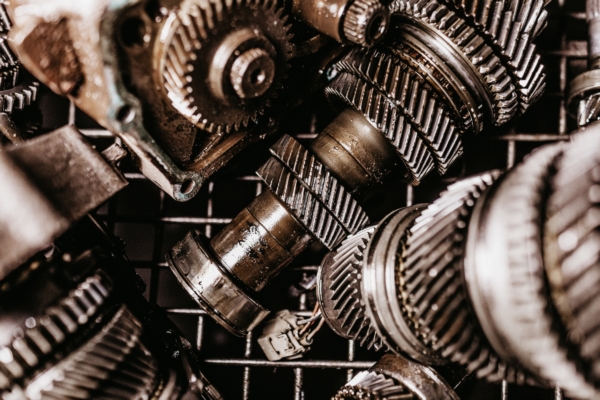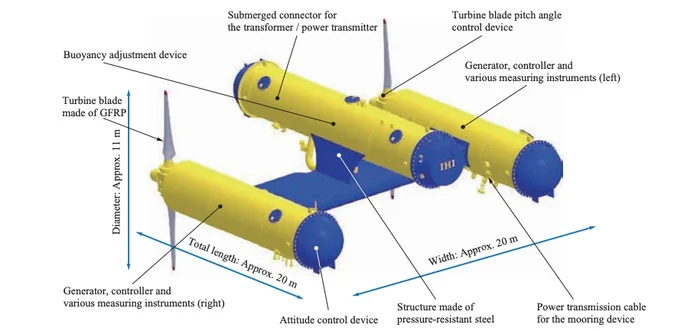Japanese engineers have designed a turbine to turn a stream of water into electricity.

Ishikawajima-Harima Heavy Industries has been developing the technology for more than ten years and cooperates with the Organization for the Development of New Energy and Industrial Technologies (NEDO). In February, the project was successfully tested in the waters off the southwest coast of Japan.
The prototype of the turbine was called Kairyu, it translates as ocean current. Its fuselage is 20 m, it is surrounded by a pair of cylinders of the same size, each of which houses an electricity generation system attached to an 11-meter turbine blade.

The device is tied to the bottom with an anchor rope and power cables, it can orient itself to find the most effective position for generating energy due to the push of the deep-sea current and direct it to the network.
Kairyu was designed so that it was about 50 m underwater. When it floats to the surface, resistance is created, it provides the necessary torque on the turbines. Each of the blades rotates to keep the device relatively stable.
At a speed of two to four knots (about 1-2 m/s), Kairyu is capable of generating a total of 100 kilowatts of energy.
100 kilowatts is not much, but they plan to scale the technology and create a device with 20-meter turbines to produce more than 2 megawatts.
